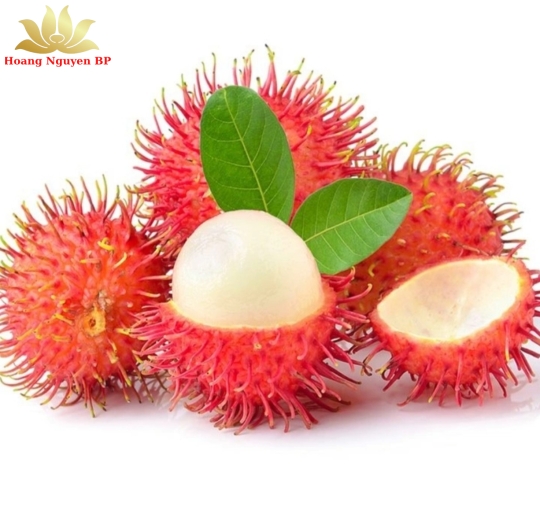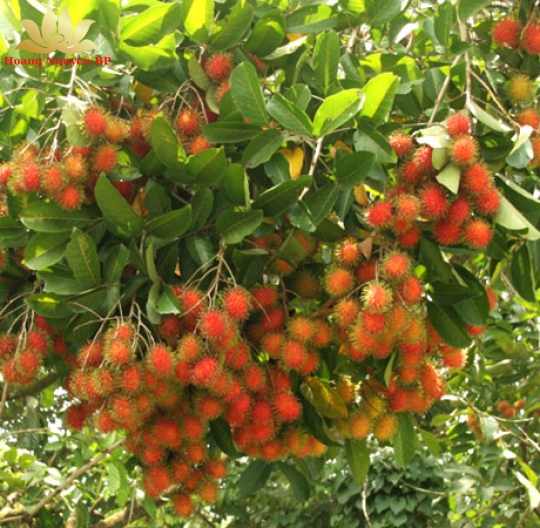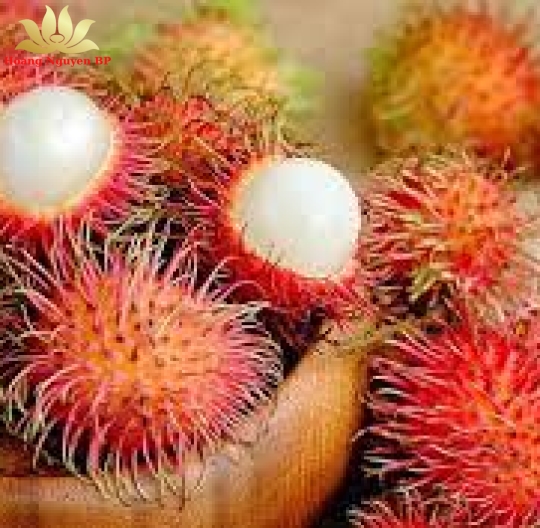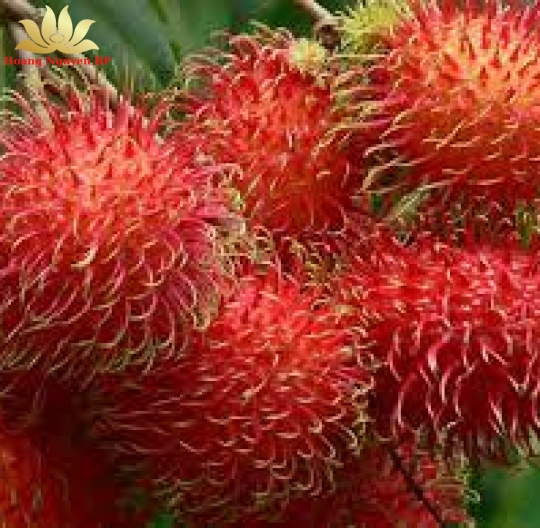Rambutan (Nephelium lappaceum) is a fruit native to Southeast Asia.
It grows in a tree that can reach up to 80 feet (27 meters) in height and thrives best in tropical climates, such as in Malaysia and Indonesia.
Rambutan got its name from the Malay word for hair because the golf-ball-sized fruit has a hairy red and green shell. Its unmistakable appearance is often compared to that of a sea urchin (1).
The fruit is related to the lychee and longan fruits and has a similar appearance when peeled. Its translucent white flesh has a sweet yet creamy taste and contains a seed in its middle.
Rambutan is very nutritious and may offer health benefits ranging from weight loss and better digestion to increased resistance to infections.
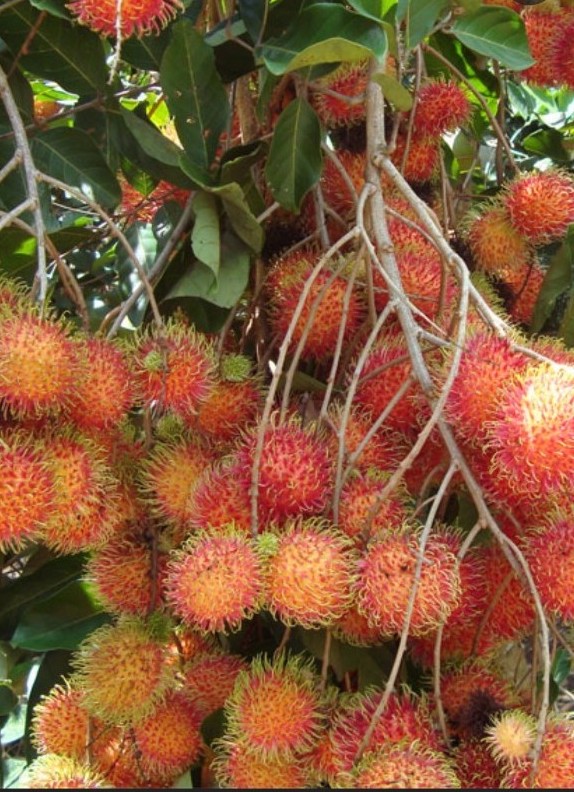
Rich in Nutrients and Antioxidants
The rambutan fruit is rich in many vitamins, minerals and beneficial plant compounds.
Its flesh provides around 1.3–2 grams of total fiber per 3.5 ounces (100 grams) — similar to what you would find in the same quantity of apples, oranges or pears
It’s also rich in vitamin C, a nutrient that helps your body absorb dietary iron more easily. This vitamin also acts as an antioxidant, protecting your body’s cells against damage. Eating 5–6 rambutan fruit will meet 50% of your daily vitamin C needs.
Rambutan also contains a good amount of copper, which plays a role in the proper growth and maintenance of various cells, including those of your bones, brain and heart.
It offers smaller amounts of manganese, phosphorus, potassium, magnesium, iron and zinc as well. Eating 3.5 ounces (100 grams) — or about four fruit — will meet 20% of your daily copper needs and 2–6% of the daily recommended amount of the other nutrients .
The rambutan peel and seed are thought to be rich sources of nutrients, antioxidants and other beneficial compounds. Though some people eat them, neither are currently considered edible
In fact, they appear to contain certain compounds that may be toxic to humans
Roasting the seeds may reduce these effects, and individuals from some cultures seem to consume them this way. However, reliable information on the proper roasting procedure is currently unavailable.
Until more is known, it may be safest to avoid eating the seeds altogether.


